Increasing website traffic is obviously the most important factor for getting more eyes on your pages, increasing your revenue, and obtaining long-term online success—especially when it comes to ranking highly in the search engine results pages (SERPs).
In fact, a study from Sistrix showed that the average click-through rate (CTR) for the first result in Google SERPs is 28.5%, followed by 15.7% and 11% for the second and third search results on the first page, respectively.
For reference, the last position on the first page rarely gets any love, as only an approximate 2.5% of all searchers click on the result in that spot.
Meanwhile, there’s also a lot of hoopla online about how to get more website traffic—some of it being right, some of it being wrong, and some of it just being outdated. Either way, ranking strategies that were once proven to work have sort of lost their mojo.
Thankfully, there are ways to attract qualified visitors again by bringing back some of the missing magic to these ranking strategies, similar to how that one kid restored the magic of Christmas in The Polar Express children’s book from 1985—and the subsequent 2004 film.
Anyway, the trick to increasing your website traffic is knowing when to apply these techniques, how to implement them properly, and why they work in the first place.
1. Building Domain Authority
Domain Authority (DA) is a metric that considers how authoritative your site looks from the perspective of popular search engines like Google, Bing, and DuckDuckGo. In most cases, DA is measured on a numerical scale from 0 to 100, where a higher DA increases the probability of your site showing up higher in search engine result pages and thus driving more traffic.
DA was initially developed by MOZ, having built it on top of a preexisting concept in an attempt to reverse-engineer Google PageRank, and it continues to evolve ever since. Today, most all-encompassing SEO tools have developed their own versions of the DA concept. Some examples include Domain Rating from Ahrefs and Authority Score created by Semrush.
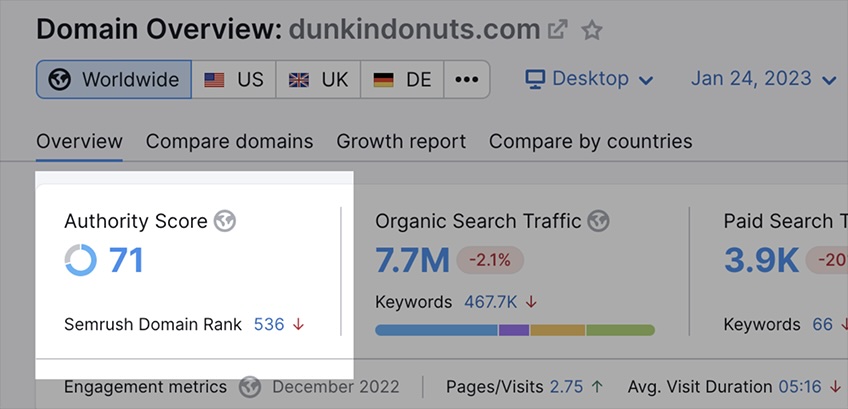
To be clear, DA and the now demoted Google PageRank are two separate things whose contemporary iterations have little to do with each other, regardless of their conceptual similarities in the past. The modern-day version of DA is reflective of a particular site’s authority and its general SEO prowess, while PageRank has been assimilated into the wider network of Google Search algorithms where it’s still used as a ranking signal with a limited impact.
Additionally, most DA checker tools depend heavily on the scraped data they have access to, which (in some cases) isn’t as accurate as the trove of data Google has about your site. This means that differences between how certain tools calculate the data can result in cases where a site has a low DA but ranks highly in Google SERPs.
Other important notes about DA can be summarized as follows:
- DA doesn’t consider Google penalties, also known as manual actions. A domain hit with a manual action loses rankings over time, but most non-Google SEO tools don’t have a way to verify this in real-time. Therefore, there are some cases where a particular domain can retain its high DA after suffering a Google penalty.
- Google parses hundreds of factors to rank your site, and the exact number has eluded many a prying eye over the years. Google hasn’t been outspoken about it either, but some SEO professionals have speculated that the number of ranking factors is probably closer to 200, a claim that may have some merit to it after all.
- Improving your DA is not easy, meaning the changes you make and the actions you take won’t be reflected in your DA score until much later, if at all.
- DA is calculated using a logarithmic scale, not a linear one. Therefore, it’s much easier to improve your score from 50 to 60 than to do the same from 70 to 80 because of the exponential nature of the scale.
- You should not use DA on its own to measure your site’s SEO performance over the long haul. Instead, you should use DA as part of a wider system of SEO strategies to compare how well your domain fares against competitor sites and whether you have a real chance of outranking them for specific keywords and search queries.
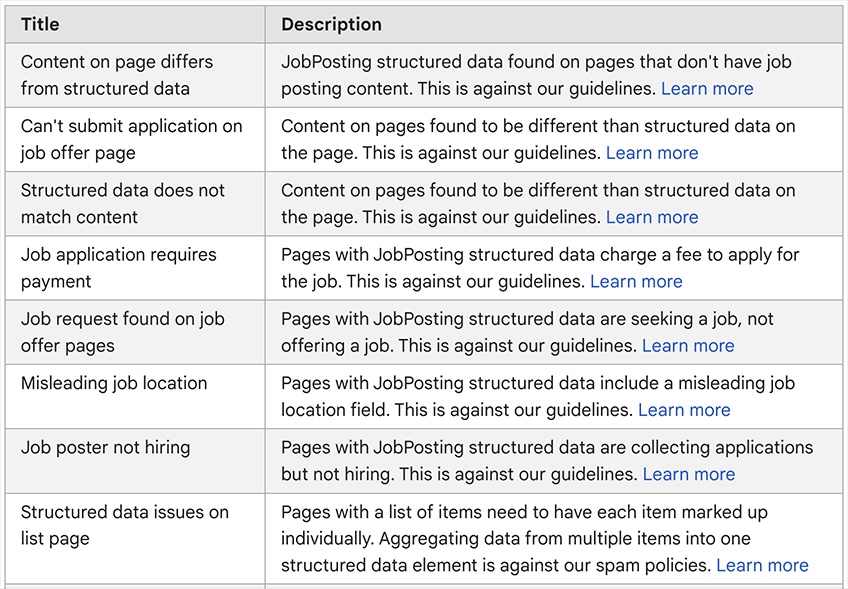
Improving your DA is all about acting intelligently, which sometimes includes not acting at all. To know how and when to act, it’s important to understand what affects your DA and why.
On-page SEO: Actively working on your on-page SEO is one of the main prerequisites to increase your DA and improve your traffic, regardless of your existing rankings. It covers everything from optimizing titles and headings to adding image metadata and avoiding keyword stuffing. Consistent quality of content is the single most underrated factor for organic website growth that many SEOs overlook or ignore.
Off-page SEO: Today, off-page SEO is mostly synonymous with link building, although its definition can sometimes extend to paid site partnerships, guest posts, or even offline word-of-mouth conversations. In any case, sites with strong link profiles will have better chances of scoring a high DA over sites that are infested with bad backlinks.
You can improve your link profile by doing cold or targeted email outreach, which becomes increasingly more challenging to execute against the backdrop of a constantly evolving SEO landscape—including tighter online privacy laws and a general distrust in promotional email messages.
As a final note, make sure to veto and disavow non-relevant or spammy backlinks, which are usually generated from low-quality sites when someone is making an active effort to hurt your site using negative SEO.
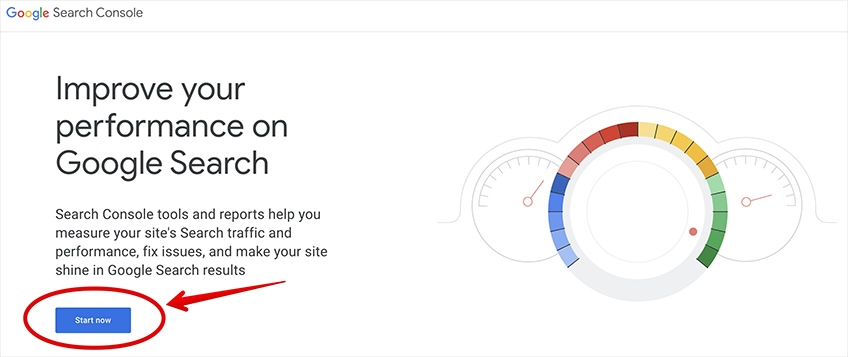
Site responsiveness: If your site doesn’t cater to searchers who want to access it through their smartphones or tablets, you will eventually lose out to competitors who have responsive websites. In fact, mobile searches have now overtaken desktop searches as the preferred way of looking up information online. In other words, having a mobile-friendly website is no longer a luxury, but a necessity.
Waiting it out: Increasing your site’s DA can’t be done overnight, since it will take some time before your applied changes are picked up by any of the more prominent DA checker tools like Moz and Semrush. Lastly, working extensively on boosting your Google rankings can have a positive impact on your DA score as well.
Determining the cost: The exact cost, effort, and timeline for building your DA is hard to determine because it encompasses a varying number of different concepts, updates, and tips that you will probably encounter in some capacity while growing your site. However, a good rule of thumb is to allocate at least 15% of your overall SEO budget toward building your site’s DA score over a period between six months and a full year.
If you’re interested in learning more, check out our guide on taking practical steps to improve your site’s DA score.
2. Creating God-Tier Content
High-quality content should be a staple of every site—from ecommerce shops and online publications to agency landing pages, product review sites, and affiliate blogs.
That said, there’s a certain ontological challenge to defining what high-quality content is, and then there’s the question of whether or not Google’s definition of high-quality content is either the same, close enough, or way off.
2.1 What is high-quality content?
High-quality content is content that addresses three main things:
- How relevant it is for the target audience
- How engaging it sounds when someone reads it
- How useful it is in fulfilling a user’s original search intentions

Online content doesn’t have to refer exclusively to articles or text-based media, as it can take many other forms such as video content, ebooks, online templates, images, webcomics, podcasts, and encyclopedic wiki entries.
As for which type or types of content you should produce, the trick is to find out what your target audience looks for and to provide that type of content until your feedback loops tell you otherwise.
2.2 The value of high-quality content
Good content is the key to building a successful website and boosting your traffic, as it can help with:
- Moving up the rankings ladder: Google prefers original, creative, and engaging content that closely matches the user’s search intent. This is a mandatory requirement from the perspective of SEO site optimization and something that should be addressed frequently while running your site.
- Building your brand: Engaging content strengthens your brand’s reputation, attracts qualified leads, and improves your chances of being seen as a leading expert within your industry.
- Increasing conversions: Quality content is a proven way of converting your visitors from curious leads into returning customers. Also, having a powerful sales funnel helps, too.
- Retaining your visitors: Quality content results in a great user experience, helping your customers get the best value out of your products and encouraging them to keep returning for more.
2.3 How to create timeless content
One of the best kinds of content to have on your site is evergreen content that continues to provide value for both new and returning readers years after it first goes live.
Address the needs of your audience
To understand what your visitors need, consider the following questions:
- What are their main motivations and what are they trying to achieve?
- What are the most common problems they experience?
- What are their preferred online channels?
Collecting this information can help you build the ideal buyer persona for your site, uncover your audience’s true search intent, and create content that addresses these intentions in a concise and easily understandable way.
Leverage your expertise
Creating in-depth, original content goes a long way toward getting more people interested in visiting your site and driving more traffic. There are three popular approaches to achieve it:
- Writing the content yourself, if you’re an industry expert
- Finding reliable experts who are passionate about a particular industry—and hopefully passionate about storytelling
- Interviewing niche experts and transforming their insights into captivating content
Meanwhile, make sure to follow Google’s E-E-A-T guidelines and adhere to the concepts of expertise, authoritativeness, trustworthiness, and experience. You can read more about E-E-A-T in our detailed guide on SEO for blogs.
Apply the right formats
As soon as you decide on the topics you’d like to cover, choosing how to package and deliver it comes next. You can pick from:
- Text-based content—Blog posts, tutorials, templates, email newsletters, sponsored posts
- Video content—YouTube videos, TikTok shorts, Twitch live streams, vlogs, webinars, video podcasts, video travelogs
- Audio content—Podcasts, audiobooks, audio articles, internet radio
- Hybrid content—Video podcasts, illustration-rich ebooks, animated shorts, react videos, and even visual novels if you have the budget for them
Settling down on the perfect format is not an exact science, and it may require some trial and error. However, you can also speed up the process by carrying out a competitor analysis and then either using their content as an inspiration (because you’re a copycat) or creating something brand-new (because you’re a pioneer).
3. Becoming a Social Media Butterfly
Today, everybody and their second cousin has some form of a social media account. But even if they don’t, it’s safe to assume that most people are aware of the increasing influence of social media over people’s lives, thoughts, and everyday habits.
If you’re clever about it, leveraging that assumption can get more people to visit your site.
3.1 What is social media marketing?
Social media marketing is the technique of using social platforms to promote your products and services, either by sharing your existing content (articles, infographics) or by creating a new form of content specifically adapted for a particular social medium, such as Facebook, Pinterest, or TikTok.

In short, social media marketing is one of the most cost-effective ways to increase your external brand awareness, improve your internal branding, and engage with your audience in a relaxed, conversational style. It’s like having an established hub where you can interact with your customers and resolve their concerns.
3.2 How to generate traffic with social media
There’s a handful of tried-and-true ways to generate traffic for your site by using nothing but the power of social media marketing—and perhaps some lukewarm coffee.
Create a killer profile (figuratively speaking, of course)
Having a recognizable social account is one of the mandatory prerequisites if you want to build a sizable social following sooner rather than later. Your profile is the first point of contact that an interested patron will have with your socials, and most of us know that first impressions matter a lot. Make sure that everything on your profile is properly filled out and all your information is readily available for anyone to access it.
In terms of visuals, make sure that your cover image conveys the best aspects of your brand. It should also be complemented by your website’s logo—preferably an SVG vector file, because badly compressed JPEG images tend to look janky and unprofessional.
Interact with your audience
The entire point of social media is to be social, but there’s a catch: engaging with customers, patrons, and leads usually comes at the cost of time. And, for solo entrepreneurs who write their own articles, juggling all of it at once could be too much.
The key is being extra resourceful. For example, if you don’t have the time to engage in a full conversation with your brand supporters, you can always re-share their messages, interact with their posts, or upvote their wholesome comments about your brand.
Keep in mind that you should avoid responding to trolls. They feed on chaos.
Showcase authenticity
The quickest route to oblivion is pretending to be someone you’re not. Taking inspiration from others is fine, but if you have an established brand, stick to your strengths and try to avoid copying someone else’s style.
However, being authentic doesn’t mean that your content has to be boring and soulless. It’s absolutely fine to put your creativity on full display every once in a while with something unexpected or risky. Even simple things like polls, interactive quizzes, and web-based minigames will show that you’re willing to engage with your audience without sacrificing the integrity of your brand.
4. Working on Your Technical SEO
The secret of good technical SEO is getting it right from the start—which, in all honesty, is easier said than done. Technical SEO refers to a specific optimization process for improving how search engines discover, understand, and index your website.
Some of the aspects of technical SEO include creating, optimizing, and uploading your XML sitemap to Google Search Console (GSC), ensuring that your robots.txt file works as intended, and adding structured data on your pages where necessary.
4.1 Why does technical SEO matter?
If your site isn’t well optimized for the major aspects of technical SEO, your chances of ranking well in Google SERPs will be fairly low.
This is why you should treat technical SEO as the foundational pillar on which your website is built. Without the proper foundation, you run the risk of being forgotten in the expansive backlog of Google Search where searchers will neither discover your individual pages nor your site as a whole.
However, your technical SEO doesn’t need to be flawless to achieve high rankings, but the more you invest in the technical aspects of your site, the easier it becomes for search engines to index your content.
4.2 Is technical SEO too technical?
The short answer is no, and the long answer is also no, but it depends on the problem. Getting your technical SEO in order doesn’t require knowing how to code, for example.
However, it does sometimes require general knowledge about servers, hosting, content management systems (CMSs), and page speed, in addition to advanced familiarity with HTML, CSS, and often PHP to resolve emergent issues in the backend. You can often take care of these things with zero-code tools.
4.3. How to optimize your website for technical SEO
Keep in mind that having good technical SEO is not unattainable by any stretch of the imagination, and it’s nowhere near as complex as it sounds. You just have to break it down into smaller pieces.
The secret to a technically optimized website is to prioritize your order of operations and work on your SEO prompts as they appear in the following checklist:
- HTTPS security—Most major search engines and browsers today prefer HTTPS sites over HTTP sites since data flows on HTTPS sites are encrypted and thus harder to intercept by malicious third parties.
- Core Web Vitals—There are three separate metrics that measure the overall user experience whenever a particular page loads: largest contentful path (LCP), first input delay (FID), and cumulative layout shift. Respectively, these shouldn’t be greater than 2.5 seconds, 100 milliseconds, and 0.1 seconds from the time a page begins to load.
- Responsiveness—Search engines prefer mobile-friendly, responsive sites, and this trend doesn’t seem like it’s about to slow down anytime soon.
- Crawl errors—You should audit your site often to identify any broken links, redirect chains, and 404-page errors that aren’t apparent at first glance. An SEO audit tool like Semrush is more than perfect for the job.
- Site architecture—To retain your audience, make sure to create robust URL structures, intuitive navigation menus, potent internal linking, visible breadcrumbs, and appropriate topic categorization.
- Robots.txt—This is the gatekeeper of the information on your site. If you configure the robots.txt file incorrectly, there is a high probability that search engines will ignore your site, stripping away all or the majority of your organic web traffic
- XML sitemap—Effectively serving as a condensed navigational chart, the XML sitemap tells search engines where things are on your site and how to access them most effectively. It’s usually uploaded in the dashboard area of Google Search Console.
- Schema markup—Also known as structured data, the implementation of schema markup will help search engines better understand your content, thereby increasing the chances of users encountering your website when performing a search query related to your published topics.
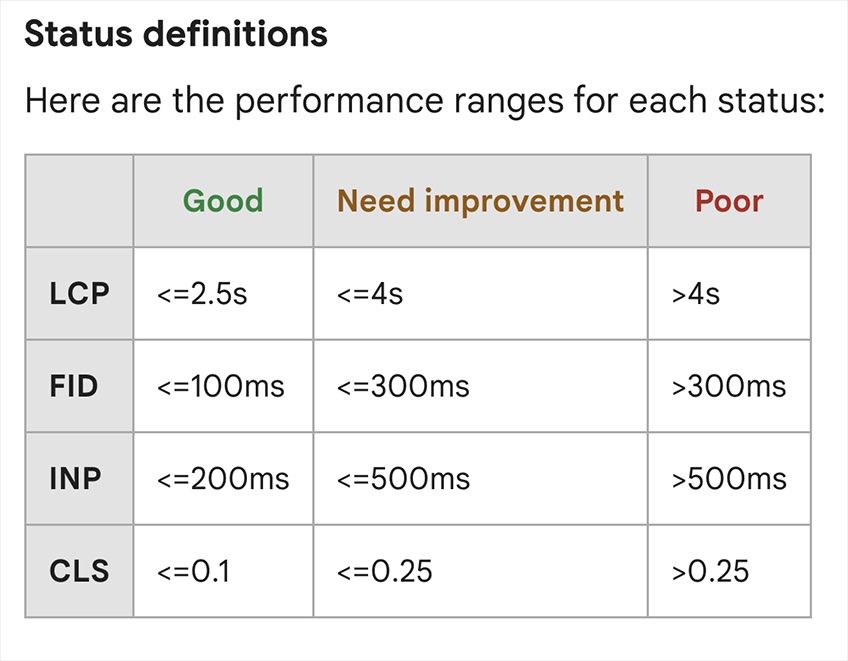
Check out our in-depth guide on technical SEO to learn more.
5. Reaching Out to Influencers
Second only to concocting high-quality articles, working with industry influencers can open up your business to an entirely new source of organic, targeted traffic. Niche connoisseurs often have powerful sway over their followings, so they can be very useful for driving in new traffic.
Reaching out to influencers can help your site in many ways, often by:
- Introducing a new audience to your brand with a targeted public outreach.
- Asking them to review, comment on, or objectively examine a new or existing product or service. Most influencers are very careful about maintaining their integrity, so make sure that your products are of high quality and ready for launch to avoid a fiasco in the making.
- Suggesting article topics you can create for them under their authorship or under your byline that contains links to your site.
Let’s back up a bit and survey the scene.
5.1 What is influencer marketing?
Influencer marketing is a type of performance marketing technique that leverages the popularity of digital creators to help promote your products online. Digital influencers can be Instagram models, Twitch streamers, or YouTube celebrities, for example.

Influencer marketing shares many common traits with affiliate marketing, as both work through open contractor partnerships, and both employ the help of prolific digital creators. There are two viable ways of performing influencer outreach: one, by contacting them directly, and two, by suggesting they promote your products and services via a dedicated affiliate marketing platform like Awin or MoreNiche.
If you choose the latter, influencers can promote your content to their followers in the form of an affiliate link, a product review, or an advertisement. If you want to set your own terms without the interference of a middleman, it’s a good idea to reach out to your favorite influencers directly, usually through email—be it theirs or that of their agent.
5.2 How to perform influencer outreach campaigns
Nothing’s preventing you from starting an influencer campaign right now, but there are three main principles you should follow when performing your first influencer outreach campaign.
Discover the right influencers
You can start your campaign by approaching the top influencers in any particular niche, utilizing the advanced search functions of popular platforms like TikTok, Pinterest, and Instagram. When looking, it’s a good idea to try and gauge their commission rates before engaging in a partnership, since some of the most popular influencers might charge a lot more than your budget can handle. Depending on your project goals and your allocated turnaround time, sometimes it’s better to enlist the help of a handful of smaller creators—often called micro-influencers—instead of working with one massive superstar.

Know your audience
Influencer marketing only works if your audience nurtures a positive sentiment towards any particular influencer, and even more importantly, knows who they are to begin with. Identifying an influencer that fulfills these requirements requires a thorough understanding of your audience’s online habits on your part. At the same time, it’s very possible that your particular business or business type won’t benefit from influencer marketing enough to be worth the investment.
Onboard your influencers
Getting your chosen influencers familiar with the ins and outs of your business is a crucial step to ensure a smooth partnership down the road. After familiarizing themselves with your brand, they can decide whether the opportunity is right for them or not. Finally, it all comes down to how passionate your favorite influencers are about your products, which you’ll inevitably discover during your working relationship.
5.3 How influencer marketing helps you increase traffic
The main goal of working with influencers is to increase your revenue by driving more organic web traffic. This means that you should look for influencers with whom your audience can relate so that you can build your marketing strategy around your customers as opposed to around you.
Additionally, it’s also very important to allow your partner influencers to have complete ownership of what they can say and how they can review your products. This action will bring a level of authenticity and genuine care that you won’t otherwise get with scripted ads or curated promotions.
In a best-case scenario, a sizable percentage of an influencer’s following will be enticed to check out your brand and convert into paying customers, effectively driving up your site’s traffic and revenue.
Sometimes, you can even flip the formula on its head and become an industry-leading influencer yourself, effectively playing the role of a Renaissance-period polymath.
6. Using Paid Advertising
Paid advertising is a great tool for getting targeted web traffic back to your site. In theory, it’s a simple transactional strategy where you pay a certain amount of money in exchange for high-quality traffic—but it doesn’t always work out like that in practice.
Often, you can get outbid by competing advertisers for certain high-value keywords and lose the top sponsored spots in SERPs. In other cases, it’s possible to overspend for a promising keyword that ends up underperforming and effectively tanking your efforts at realizing an adequate ROI.
6.1 Organic vs. paid traffic
Paid traffic is different compared to organic web traffic, and the main difference comes down to whether you pay for clicks or actively work to attract new visitors with engaging articles, organic social media outreach, and SEO techniques.
For many businesses, it’s best to employ some combination of paid and organic marketing methods at the same time so that you diversify your efforts. This way, if and when your organic marketing methods start to generate a sustainable amount of organic web traffic, you can decide to wind down your paid campaigns and save money in the long term.
6.2 How to pick the right paid traffic approach
There are a couple of different paid traffic methods, and the right approach for you will be highly dependent on your business model, your audience, and your allotted budget. For instance, if your customers prefer one social media platform over another, you can focus your efforts on targeting those users to improve the cost-effectiveness of your paid campaigns.
Pay-per-click (PPC)
Pay-per-click is one of the most popular and widespread paid traffic methods today because the only time you pay for it is when a user clicks on your ad—which sort of means that you get a lot of impressions for free. On the flip side, a less popular alternative method of paid advertisement is pay-per-impression (PPI), with which you pay a given rate per 1,000 impressions independently of the total number of clicks.
Finally, there’s also a thing called pay-per-play (PPP), which refers to paid audio ads and is one of the least popular methods to advertise your products online. PPP often gets compared to pop-up ads, so you can see why most advertisers choose to avoid engaging with this relatively counter-productive paid advertising strategy for now.
Anyway, PPC advertising can be further divided depending on your platform of choice, such as:
- Google Ads—Includes search ads, display ads, and YouTube video ads
- Social platform ads—Includes Facebook or Meta Ads, Instagram Ads as part of Facebook Ads, LinkedIn Ads, Microsoft Ads, Pinterest Ads, and TikTok for Business ads
- Native ads—Usually blend within your website’s style, making them appear like another blog post instead of an ad
- Display ads—You can target specific websites to display your ads in their ad-reserved areas, usually up top, on the sides, below the hero header, or between two separate paragraphs in a post
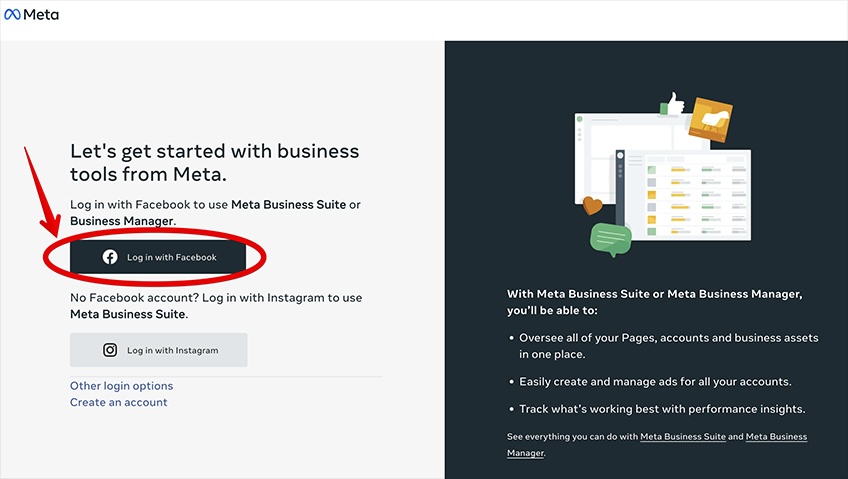
Site banners
Site banners are another type of display ad, but you typically don’t include site banners within the frame of a blog post. Also, site banners are usually bigger, more prominent, or have a distinctly boastful style to them (as opposed to display ads that can complement your content in a non-intrusive way most of the time).
Sponsored posts
While not necessarily falling under the definition of a pure paid traffic campaign, sponsored posts can be a great way of developing a working partnership with a popular publication—especially if you can lock up a recurring spot to publish your content in regular intervals, such as once a week or twice a month. In some ways, these sponsored posts can be compared to magazine advertorials, since they’re paid articles that can help expand your reach via the publication’s existing audience.
6.3 Pros and cons of paid advertising
Just like any form of marketing, paid advertising has an associated cost, and a significant portion of it will depend on your allotted budget and goals. However, running one or multiple paid traffic campaigns can also be a prudent investment that pays dividends down the road.
The pros of paid advertising include:
- Detailed analytics: Most platforms offer a granular look at everything that’s going on behind your projects, including where the clicks are coming from and the amount of impressions that your paid campaigns generate daily.
- Speed: Paid ads lead to noticing results faster compared to their organic SEO counterpart. In particular, Google Ads allows you to reach customers almost immediately after launching your first paid traffic campaign.
- Customer targeting: Most popular paid marketing platforms have a comprehensive dashboard where you can target specific groups of searchers to improve your chances of converting them into paying customers.
Conversely, some of the cons of paid advertising include:
- Lack of quality traffic: Paid traffic ads aren’t necessarily the right choice for every online business out there. More traffic doesn’t always lead to automatic conversions, and sometimes the incoming traffic can be so irrelevant that it would be counterproductive for your site to continue running paid campaigns.
- Fluctuating conversion rate: If you send paid traffic to a website that doesn’t convert well or the conversion rate consistently jumps all over the place, then it’s safe to assume that you should go back and optimize the elements causing the ruckus on your site—or stop your campaigns until you find a permanent solution.
To know more, our guide to paid search for bloggers offers a highly detailed look at paid traffic advertising.
7. Working on Your Local SEO
Local SEO is the process of configuring your website and optimizing your Google Business Profile (GBP) to prioritize nearby searches, not necessarily at the expense of traditional SEO. In other words, when a user searches for any type of product or service in your geographic area, optimizing for local SEO improves your chances of appearing in the search results that follow.
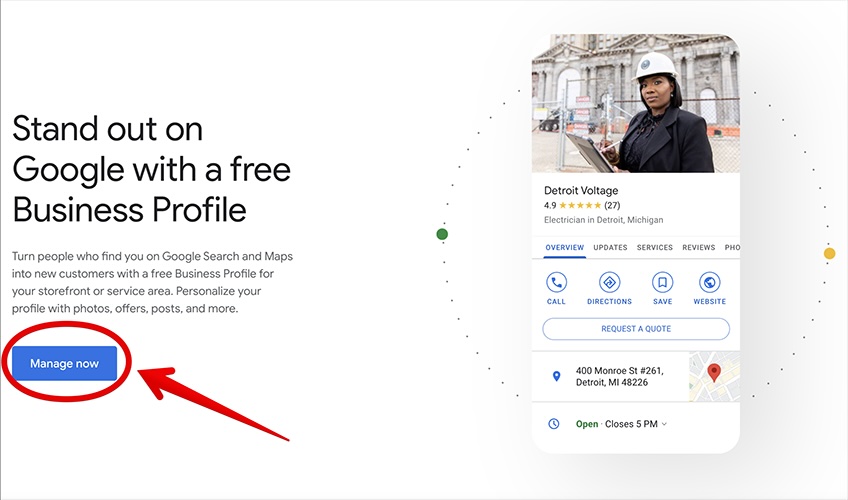
Local search can be triggered in two main ways:
- When the user types in a search query with a local modifier, such as a preposition (beer pub near me) or a place (top plumbing services in Hilton Head Island)
- When the user has their device location turned on, performing a Google search will return local businesses in a relative vicinity of the user
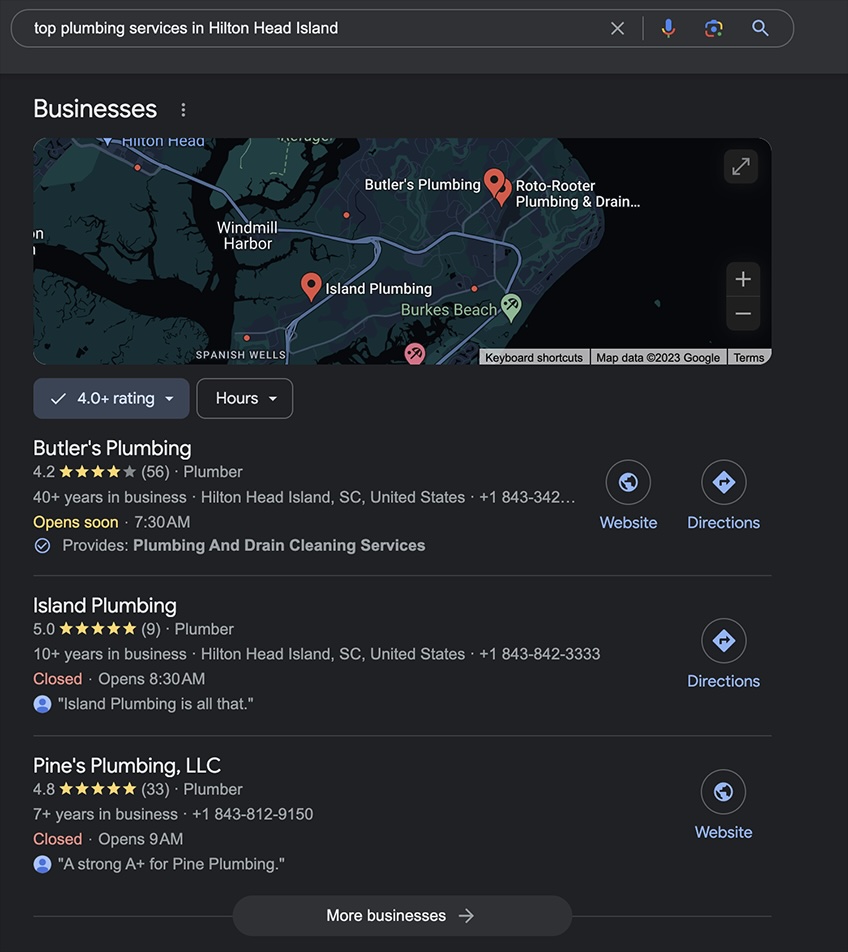
7.1 Should you optimize for local SEO?
If your business serves customers in any given area, be it a country, region, or state, you can modify your existing SEO strategy to include local keywords in an attempt to increase the probability of appearing in the SERPs for that particular area.
7.2 Local SEO pros and cons
As with any web traffic strategy out there, local SEO has its fair share of pros and cons.
Some of the pros of optimizing for local SEO include the following factors:
- There are as many local searches as global ones—According to a local SEO study by Go Globe, almost half of all searches online are local
- The conversion rate is very high—An astounding 80% of local searches performed via a mobile device will result in a transaction
- There is a lot of untapped potential—More than half of local businesses don’t optimize for local SEO. Although 31% said they would like to, only 30% of the respondents had a plan in their pipeline to capitalize on this high-yield digital trend
The cons of local SEO are:
- It requires patience—Applying this strategy doesn’t always result in instant success, as it takes time for search engines to notice the changes and rank your site accordingly
- It’s an ongoing process—Local SEO isn’t a one-and-done deal, because it requires a regular commitment to stay on top of your game in local searches
- Search algorithms are constantly evolving—This shouldn’t be an issue, but if you cut corners in your approaches to local SEO, it might be possible to lose those rankings once the algorithm is updated to prioritize a different set of things
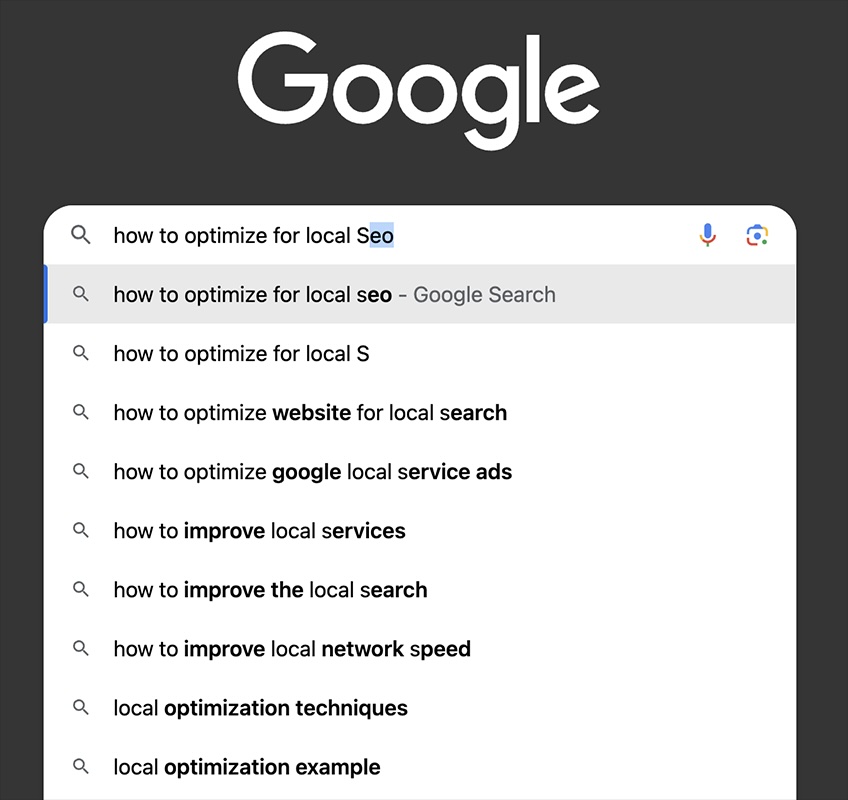
7.3 How to set up a winning local SEO strategy
Successfully optimizing for local SEO has two major components: Google Business Profile and organic search.
Let’s examine how to optimize for each.
Google Business Profile (GBP)
At the moment, only stores with physical locations qualify for GBP, which may or may not change in the future. GBP is a free online service that allows you to create, optimize, and manage a business account on Google that could be discovered by customers in Google SERPs and Google Maps.
Another alternative is to add your business on Apple Maps through Apple Business Connect, thereby diversifying your local SEO efforts and improving the odds of being discovered in more than one way.
Organic search
Once you have a local listing for your business approved, it’s important to keep your site fresh and relevant. A good way to achieve this is by posting engaging content regularly and by asking customers to leave objective reviews. Almost all searchers read reviews for local companies, so it’s vital to build your online brand reputation by delivering a consistently good customer experience.
More Resources for Increasing Traffic
Even before creating an account on Google Ads, for example, you need to have an optimized and functional website. Otherwise, there isn’t much of a point in partnering up with a paid marketing platform if your site doesn’t have the capacity to welcome more visitors and convert them into recurring patrons.
If Google starts noticing that your visitors are quick to bounce from your site and go somewhere else for an alternative resource, you can end up back at square one fairly quickly. This is why it’s so important to take all the necessary measures to offer quality content, because without it, you may not get quality traffic.
If you’re unsure where to start, our guide on creating a website in nine simple steps could help.
For tips on reducing costs, check out our guide on getting a free domain name in six simple steps. Finally, make sure your website looks good by consulting our detailed guide on website color trends.
